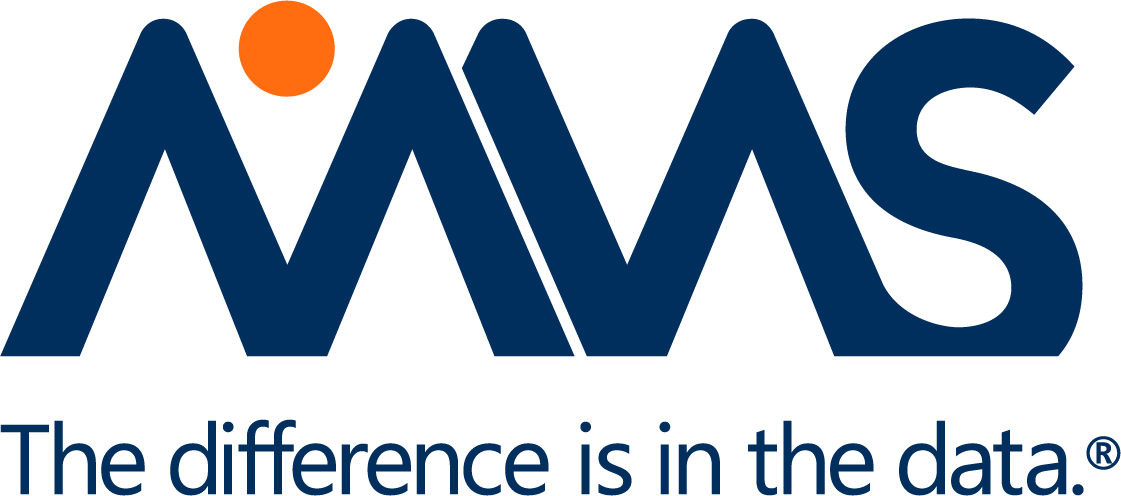The Risk Evaluation Mitigation Strategy (REMS) is a drug safety and risk management program established in 2007 by the U.S. Food and Drug Administration (FDA).
Under the program, FDA might require manufacturers to implement specific safety measures for certain medications with serious safety concern(s) that go beyond the mandatory drug labeling requirements.
Each REMS is different and is designed to mitigate the specific risks associated with that drug; however, the overarching goal of all REMS programs is to ensure that the benefits of the drug outweigh the risks.
In practical terms, REMS are designed to put additional prevention measures in place, such as informing a participant that prescribes, dispenses, or takes a drug (healthcare provider/pharmacist/patient) of its specific risks to reduce the frequency or severity of the event.
What’s new on REMS?
In January 2023, FDA published the final guidance, ‘Format and Content of a REMS Document Guidance for Industry’ replacing the previous draft issued in October 2017 after extensive stakeholders’ feedback.
The new guidance recommends the type of information required in a proposed REMS for prescription drugs and biologics, including the format and content. The update comes with the addition of the guide ‘REMS Document Technical Conformance Guide,’ which provides a template for the publicly facing REMS document, consisting of standardized language to describe common REMS requirements. The technical guide contains specific sections previously appearing in the main guidance’s appendix.
With the decoupling of the technical guide from the guidance, the REMS template can now be updated directly in the technical guide without the need to update the main guidance.
The guidance recommends that applicants use the standardized language in their REMS document to the extent possible, as doing so will help to reduce the burden on REMS stakeholders. In addition, the guidance suggests that applicants provide a rationale when their proposed language differs from the standardized language.
Per new FDA guidance, a REMS program can include one or more of the following elements (‘tools’):
- a Medication Guide
- a Patient Package Insert
- a Communication Plan and/or certain packaging
- safe disposal technologies for drugs that pose serious risk of abuse or overdose
- Elements To Assure Safe Use (ETASU)
Furthermore, apart from the standard content (Administrative Information, REMS Goals, REMS Requirement, REMS Assessment Timetable, REMS Materials), a REMS program should also include the Statutory Elements, providing a list of the elements determining that the benefits of the drug outweigh its risks, as outlined in section 505-1 of the Federal Food, Drug, and Cosmetic [FD&C] Act,
Brief Summary of REMS Procedures
Proposed REMS Submissions
Proposed REMS submissions should include multiple types of REMS components: REMS document – also called ‘concise’ document, it is the publicly available document of the REMS- and REMS materials – also referred to as ‘tools’ or ‘elements,’ and the REMS supporting document, which provides additional information about the REMS (i.e., the rationale for and supporting information about the design, implementation, assessment and timeframes of the REMS).
Submission Type
A proposed REMS can be included in the initial submission of an original or supplemental application (New Drug Application [NDA], Abbreviated New Drug Application [ANDA], and Biologics License Applications [BLA]) or submitted at any time post-approval as an amendment to an existing original or supplemental application if FDA becomes aware of new safety information.
All approved REMS documents and their approved REMS material are posted on the FDA’s website, which can be referred to for further details on procedures and submission type.
Be Prepared for REMS Discussions
With the updated recommendations and detailed instructions on the format and content of a REMS document, applicants can get their REMS ready in a timely manner to submit to FDA, which ensures consistency and efficient review of the REMS documents.
The REMS program is to ensure valuable but high-risk drugs are available to patients while preventing harm.
The updated REMS guidance reinforces the FDA’s stance on REMS programs’ role in risk management and ensuring that the benefits of drugs outweigh their risks. Being prepared for REMS discussions with the FDA can significantly impact applicants, regulators, and patients.
If you have questions or want further information on REMS, email info@mmsholdings.com to speak to a regulatory expert.
Learn more about MMS regulatory experts here.
Author By:
Maria Clara Liuzzi, Medical Writer I,
Nancy Hsu, Regulatory Associate I, and
Jeffrey Wiese, Manager of Safety Writing Drug Safety and Pharmacovigilance

